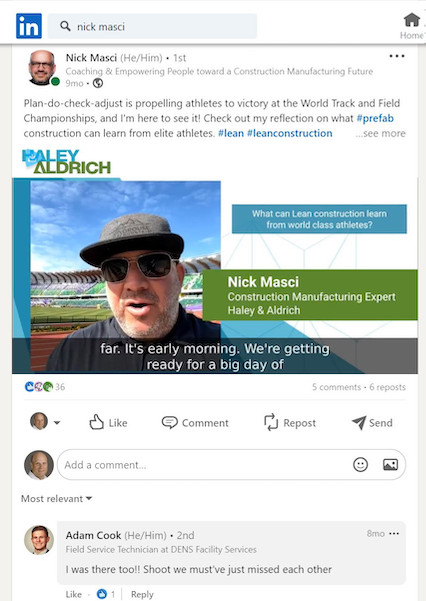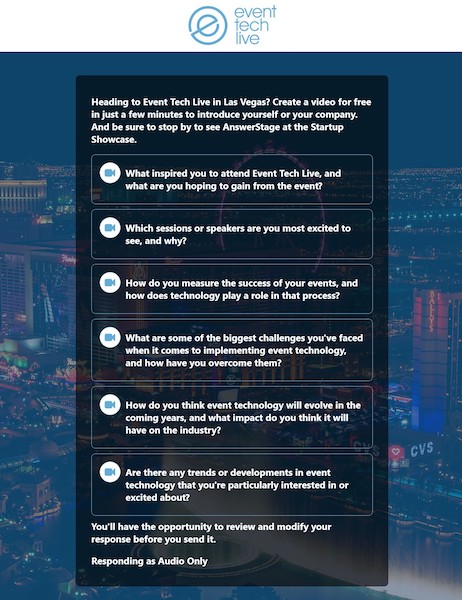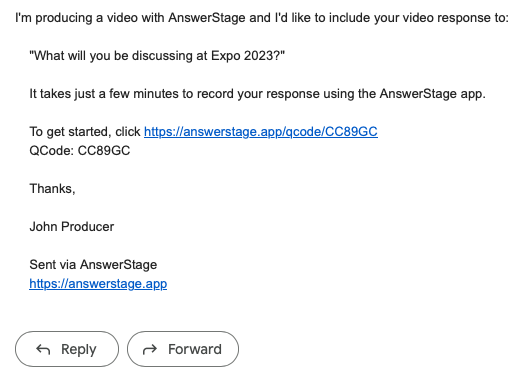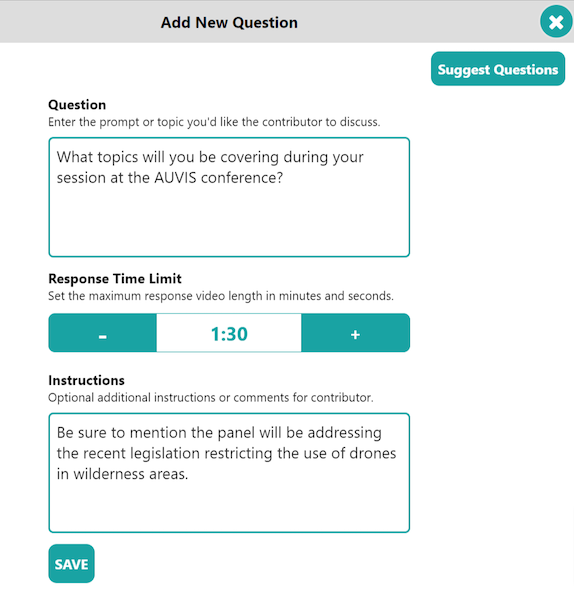Webinar Recap – Gen Z and Associations: Engaging Younger Members
Creating a blog post that reflects the key points of the webinar in a more detailed and conversational style will help convey the insights and strategies discussed for engaging younger members in associations. Here’s a refined summary:
1. Introduction to the Panel: Malou Degrassi from Nexus Marketing kicked off the webinar by introducing the new community platform, NXUnite, aimed at fostering connections within the mission-driven sector. The focus of the panel was on engaging Gen Z and associations, highlighting the importance of understanding and adapting to the preferences of younger members.
2. Overview of NXUnite: NXUnite, presented as a powerful community resource, offers a range of features such as industry events, influencer recommendations, and expert panels. This platform is designed to facilitate lasting relationships and provide valuable resources to its members.
3. Panel Structure and Participation: The webinar was structured to include a mix of curated questions and live audience queries, emphasizing the interactive nature of the event. Audience engagement was encouraged through real-time question submissions, showcasing the panel’s commitment to addressing attendees’ concerns.
4. Introductions of Panelists: The panel featured experts like Farhad Khan, CEO of Member Lounge by Gripe Digital, Jamie Notter, co-founder at Propel, and Rusty Williams, co-founder of Answer Stage. Their diverse backgrounds promised a rich discussion on engaging younger members in associations.
5. Millennials and Gen Z’s Unique Characteristics: Jamie Notter highlighted the key differences between younger members and previous generations, noting their desire for independence, surprise at resource constraints, and high expectations for diversity and access within organizations.
6. Technology’s Role in Engagement: Rusty Williams stressed the importance of making engagement opportunities easily accessible and interactive through technology, reflecting younger generations’ expectations for immediate and two-way communication.
7. Adapting to Faster Content Consumption: Farhad Khan noted the rapid rate at which millennials and Gen Z produce and consume content, urging associations to adapt their engagement strategies to meet these changing patterns.
8. The Importance of Quick, Relevant Adjustments: The discussion underscored the need for associations to swiftly adapt their content and services to align with younger members’ preferences, moving away from traditional, slow-to-change methods.
9. Continuous Engagement Through Real-Time Feedback: Emphasizing the value of ongoing dialogue, the panelists recommended using microsurveys and other tools for continuous feedback, allowing for timely improvements and adaptations.
10. Short-Term, Impactful Opportunities: Recognizing younger generations’ preference for quick gratification, the panel suggested offering short-term volunteer opportunities that provide immediate impact and satisfaction.
11. Repackaging Content for Accessibility: The necessity of altering traditional content formats to suit the digital habits of younger members was discussed, highlighting the need for associations to become more flexible in their content delivery methods.
12. Leveraging AI for Content Transformation: Jamie Notter pointed out the transformative potential of AI in converting long-form content into formats more palatable to younger audiences, emphasizing the need for associations to stay technologically adept.
13. Authenticity and Transparency in Content: The panelists argued for less spin and more straightforwardness in content creation, suggesting that honesty and transparency would build trust with a generation skeptical of traditional marketing tactics.
14. Reflecting Younger Demographics: Rusty Williams advocated for showcasing younger voices and faces within association branding and content, to make younger members feel represented and valued.
15. Questioning Traditional Engagement Methods: Jamie Notter encouraged associations to critically evaluate their traditional engagement strategies, being open to discarding outdated practices in favor of more innovative approaches.
16. Younger Representation in Leadership: The lack of younger members in staff and board positions was identified as a barrier to effectively engaging younger demographics, highlighting the need for greater generational diversity within association leadership.
17. The Blend of In-Person and Digital Engagement: Farhad Khan spoke to the irreplaceable value of in-person interactions, complemented by the flexibility of on-demand digital content access, catering to the varied schedules of younger members.
18. The Role of AI and Technology in Engagement: The panelists discussed using AI and other technological tools to enhance content creation, suggesting that embracing these resources could significantly improve engagement efforts.
19. Diverse Content Formats for Varied Preferences: Acknowledging the diverse preferences within younger demographics, the panel recommended creating a variety of content formats, from short-form videos to detailed checklists, to meet different engagement needs.
20. The Need for Constant Innovation: Lastly, the emphasis was on the necessity for associations to continually innovate and experiment with new engagement methods, ensuring they remain relevant and appealing to younger generations.








